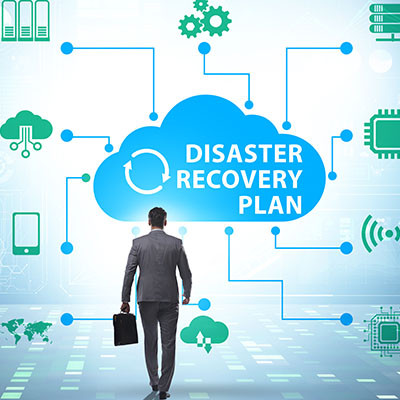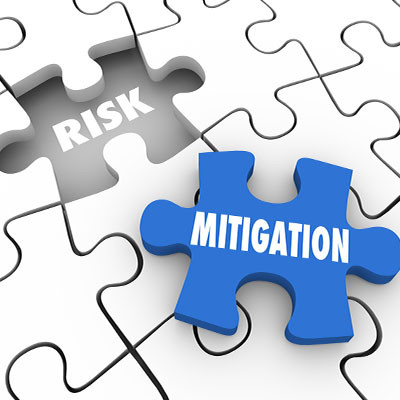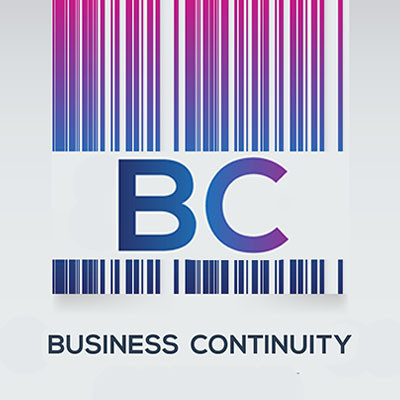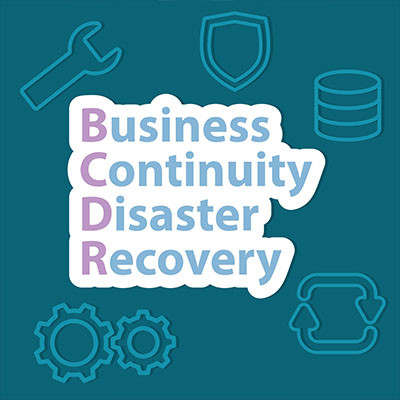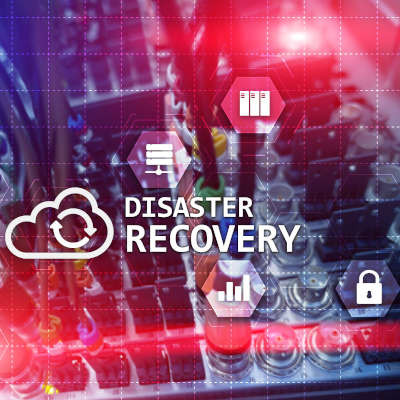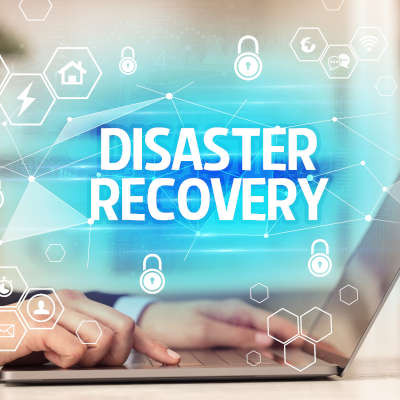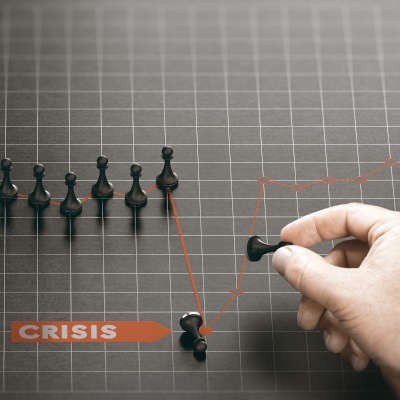Every organization deals with operational problems in one manner or another. There are dozens of situations that can cause downtime, and having a comprehensive data backup plan can alleviate many of them. This month’s newsletter discusses business continuity and how data backup is a critical piece of that process.
EZ MSP Blog
Nowadays, businesses need to be prepared for almost every circumstance. You may have heard the term “BDR” used to describe a method of attaining this level of preparation. We wanted to discuss this term in more depth, covering what it refers to and what you need to do to protect your business should BDR be right for you.
Spoiler alert: it very much is.
How often do you think about your data backup system? If you’re like most businesses, it’s something that you will likely set up, then quickly forget about, provided you haven’t had to use it. Still, having one is essential to any modern business, and building it with clear outcomes and metrics in mind will help you make your data backup system more effective for the moments when you’re glad you have it.
It’s easy to look at a power strip and a surge protector and question if there’s anything that actually makes them different. After all, they both give you extra plugs, right?
Yes, but there’s more to it than just that. Let’s review some of the important differences between the two that make one a far better choice for your business’ power delivery needs.
It’s an unfortunate fact that all businesses will inherently face some threats during their operations. That’s inescapable. From cyberattacks to natural disasters to good, old-fashioned accidents, you’re liable to face no small risk. This risk makes a process known as risk mitigation so critical for all businesses to undergo with some regularity.
Let’s review a few aspects of creating and maintaining a dependable risk mitigation strategy.
In an era where businesses rely heavily on data and technology, the need for comprehensive disaster recovery solutions has never been more critical. The stakes are high when it comes to safeguarding your company's digital assets and ensuring business continuity in the face of unforeseen disasters. This is where Disaster Recovery as a Service (DRaaS) comes into play.
With technology serving such an indispensable role in modern business the looming threat of disaster is one that needs to be considered. With so many consequences on the line, it’s important that your business is prepared to deal with these disasters effectively and efficiently. Let’s run through some tips for properly preparing for your potential disaster recovery needs.
Did you know that World Backup Day is in just a few short weeks? While it is an important occasion for businesses to recognize, data backup should really be something you think about all the time. This is because your backup is an integral part of the backup and disaster recovery portion of your overall business continuity.
“It won’t happen to me.” This is a common excuse amongst business owners who refuse to equip their network with a comprehensive data backup and recovery solution. They may feel like they’re careful enough to avoid a major data loss-causing disaster. Yet, the inconvenient fact remains that a disaster can happen to any business, no matter how prepared they may be.
Let’s get right to brass tacks. Your business is likely vulnerable to cybersecurity attacks. There are a whole lot of things you should be doing to protect your organization, but this one task is something you can do right now to save your business a lot of stress if something were to take down your network and cause a major disruption.
It doesn’t matter where your business is located; whether it’s a tornado that rolls through your city, a structural fire that renders your office uninhabitable, or a freak snowstorm that brings down power lines or grinds travel to a halt, you’ll want to be ready for it all. We’ll go over what kinds of solutions your business can implement to ensure that no disaster, be it natural or artificial, like a cyberattack, puts a stop to your operations.
Disasters are more common in the business world than you might think, be they natural disasters that level your office or simple electrical problems that spark a structural fire. A business-threatening disaster could occur at any moment, and it is your responsibility to ensure that it doesn’t put your business’ future at risk. To this end, we recommend you have plans for off-site operations, even if only temporary.
Data breaches are an unfortunate reality in this day and age, even during the holiday season. While it is important to do everything you can to prevent these kinds of disasters, you need to be prepared to deal with it—both in terms of your operations, and in terms of communicating with your clientele.
We’re all aware of the outage that Facebook experienced a few weeks before it announced its Meta rebrand, which prevented users around the world from accessing the services that the social media giant provides. While it may not sound like a huge deal that people couldn’t share their thoughts with one another for a short time, the ramifications stretched far beyond the inability to scroll through a Newsfeed.
No one ever hopes that they have to take advantage of their disaster recovery solution, but it is something that every business needs to have in order to sustain operations even in the worst of times. Understanding how these solutions work, as well as the goals your organization has for them, are critical to recovering post-disaster.
Businesses of all industries and sizes need to account for various disasters that could sink operations and lead to considerable costs associated with downtime. It is your responsibility as a business owner to identify what these disasters are and take steps toward addressing them, preferably before they become major problems that cost your organization time and money.
Headlines have been filled with news pertaining to the recent hack of Colonial Pipeline, which has created significant gasoline shortages up the east coast of the nation. While the pipeline has been restored, the way this was accomplished sets a dangerous precedent. On top of this, the attack seems to have set off bigger infrastructural changes in the political space.
As much as you hope it will not happen to your business, a disaster could very well strike at any time—statistics have shown as much to be true. To remove some of the risks associated with disasters and the data loss they lead to; we recommend that you implement BDR into your business continuity strategies.
Not all businesses will look at disaster recovery the same way, but if you want your business to have the kind of continuity that will allow it to get through tough situations, doing your best to formally create a disaster recovery policy will put you in the position to weather any storm you encounter.
Situations happen all the time to businesses that can really put a lot of stress on their ability to sustain operations. These situations don’t often remediate themselves. Simply put, every business needs a business continuity plan; and one-in-five don’t have one. This month, we thought we would break down a successful plan into its components to try to give businesses that may not have a plan, the basics needed to establish one.


